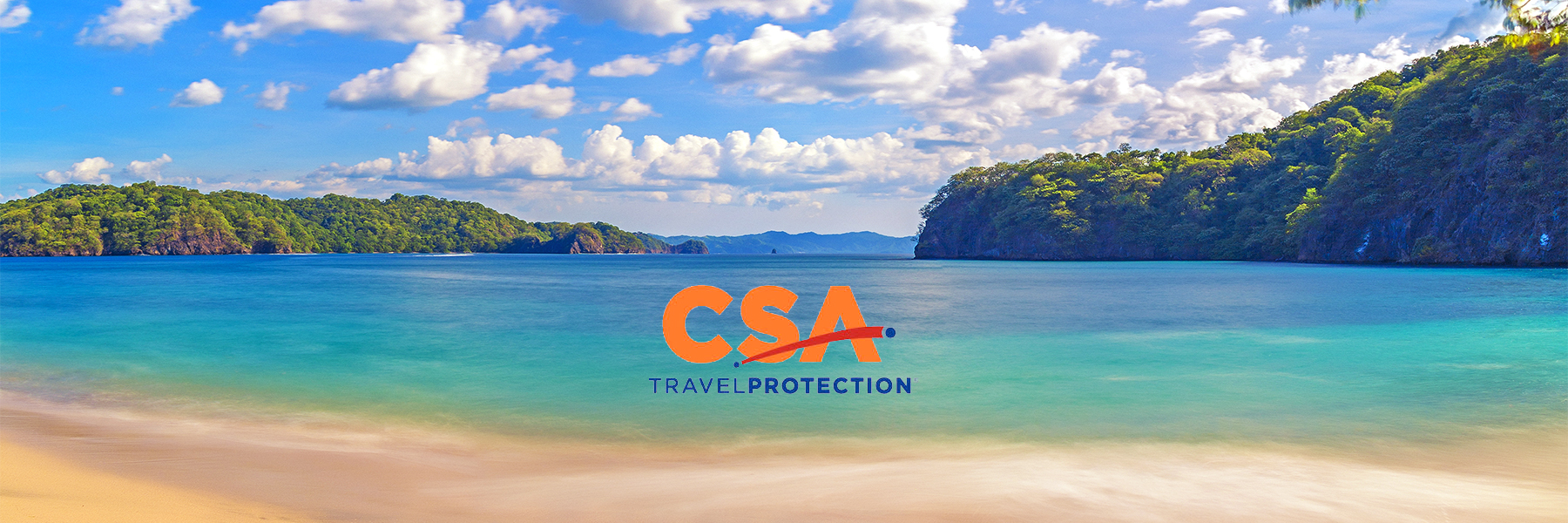
Galapagos Islands
The most popular draw to Ecuador, the Galapagos Islands, lies six hundred miles off the coast. Surrounded by open ocean, a volcanic archipelago straddles the Equator. The Galapagos Islands, forged of black lava and named for the giant tortoises that are among their most noted inhabitants, are like no other place on Earth.
Home to a profuse array of unique wildlife, the islands offer an immersion in nature that feels primeval. Iguanas and blue-footed boobies share the beaches with us, unconcerned by our presence. Friendly sea lions—and sometimes inquisitive porpoises—play with us in the clear turquoise water, as Galapagos penguins dart by and sea turtles glide past.
Perhaps our first association with the word "Galapagos" is the name "Darwin." Darwin's visit to the Galapagos Islands had a resounding impact on the formation of his Theory of Natural Selection. This theory is defined by the process whereby organisms better adapted to their environment tend to survive and produce more offspring. Charles Darwin’s theory is now believed to be the main process that brings about evolution.
While the Islands provided Darwin the proof he needed for his groundbreaking theories, Darwin provided the islands with a unique place in natural history, putting the remote islands “on the map”.
Author Herman Melville, who visited the islands in 1841, shortly after Darwin's momentous visit, called them the "Enchanted Isles"—an apt moniker for a realm that remains otherworldly, even today.
Amazon Rainforest
Ecuador is proud of its remote and unspoiled Amazon, which offers an authentic Amazon experience to its visitors. The Amazon rainforest will enchant visitors with its cacophony of birdsong, the playful whoops of monkeys, the still black waters of the rivers, and the flutter of colorful butterflies and tropical birds.
The Andes Mountains
Quintessentially Ecuador, the Andean region (also known as the Sierra and the Highlands) is one of the most visited regions in the country. Its cultural and natural diversity spans grassy highlands, cloud forests, mountain lakes, active volcanoes, thermal baths, Indian markets, colonial towns and haciendas.
